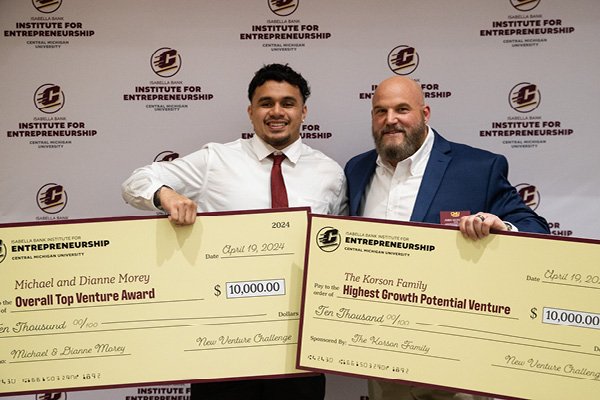
Start up
Passion. Potential. Pitches. Don't miss any of the 2025 New Venture Challenge excitement.
Tune in Friday, April 11 at 1 p.m. for great ideas and fierce competition. Then, join the judges, mentors, spectators and teams as they see who is going home with thousands of dollars in venture financing. The awards broadcast begins at 6:30 p.m. and one team will walk away as the overall best venture.
Central Michigan University’s College of Business Administration is the home of the Isabella Bank Institute for Entrepreneurship and the first Department of Entrepreneurship in the state of Michigan. We are a student-centric hub where experiential, curricular, and external entrepreneurial opportunities intersect.
Our mission is to maximize student success by fostering a campus-wide entrepreneurial mindset that promotes inter-disciplinary collaboration and the creation of new ventures.
We aim to create innovative programming, boost cross-campus and ecosystem collaboration and provide a comprehensive mentoring program.
Our institute provides extracurricular opportunities and is open to all undergraduate and graduate CMU students.
Are you interested in becoming an entrepreneur?
Every journey is unique. Explore the opportunities that interest you.
A Central Michigan University faculty member says it’s possible that the same metal used to make pop cans could help transition the world to electric vehicles.
Brad Fahlman, a chemistry and biochemistry professor, is researching whether a battery using aluminum – paired with sulfur – could replace expensive and potentially dangerous lithium-ion batteries. The research team includes Physics faculty Valeri Petkov and Veronica Barone, and postdoctoral researchers Al Yazdani, Jyoti Pandey and Mukesh Jakhar.
One significant benefit is that both materials are abundant and inexpensive. In fact, aluminum is the most common metal on Earth. We can even harvest it from recycling facilities, Fahlman said.
The real potential benefit is in an aluminum-sulfur battery’s performance.
How a battery operates is simple. An ion holds electrons at one of its two electrodes. It releases those electrons along a circuit the battery is connected to, one way to provide power and the other to recharge the battery.
Internally, the ion would slide from one electrode to the other through a solution inside the battery that facilitates easy movement. In between the electrodes is a thin film that prevents the battery from short-circuiting.
Lithium ions are small enough that they can move quickly through the solution and film.
In an aluminum-sulfur battery, aluminum ions would replace lithium ions, Fahlman said.
Aluminum ions are slightly larger, which means they travel through that film a touch slower, Fahlman said. But aluminum can transfer three electrons rather than lithium’s one, giving it greater energy storage potential.
A battery using aluminum and sulfur potentially has five times the storing capacity as a lithium-ion battery, Fahlman said.
That added capacity comes without increasing the battery’s weight. Since more than half of an electric vehicle’s total weight comes from its batteries, this additional capacity without added weight is a tremendous advantage.
There’s also a safety benefit, he said.
Safety is a big reason to move away from lithium-ion batteries, Fahlman said. While lithium-ion batteries are generally safe, when they do pose risks. They can catch fire, sometimes creating headlines.
Fires can occur when the solution through which lithium ions travel heats up due to malfunction or damage, potentially escalating until ignition.
The concept behind an aluminum-sulfur battery replaces that solution with a non-flammable alternative, enhancing battery safety.
Fahlman’s research is funded by a $1.2 million two-year grant from the Department of Defense, in partnership with the Automotive Research Center.
One aim of the project is to find a way to power the Army’s ground vehicles without relying on fuel or battery parts from places with geopolitical difficulties. While new lithium deposits are still being found, some of the major sources right now are places where tensions could snarl supply lines, or where lithium mining could cause environmental harm.

Explore special opportunities to learn new skills and travel the world.
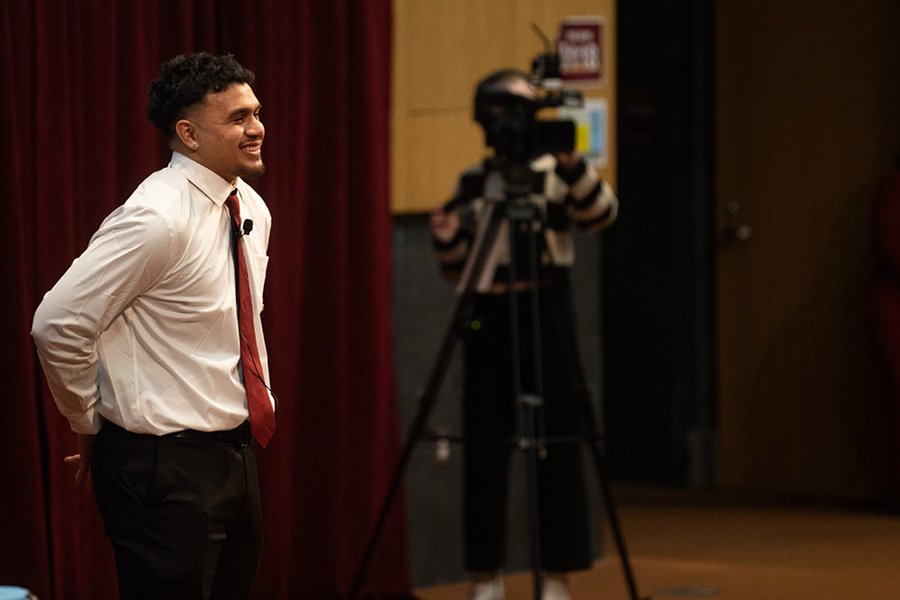
Present your venture and win BIG at the New Venture Challenge.
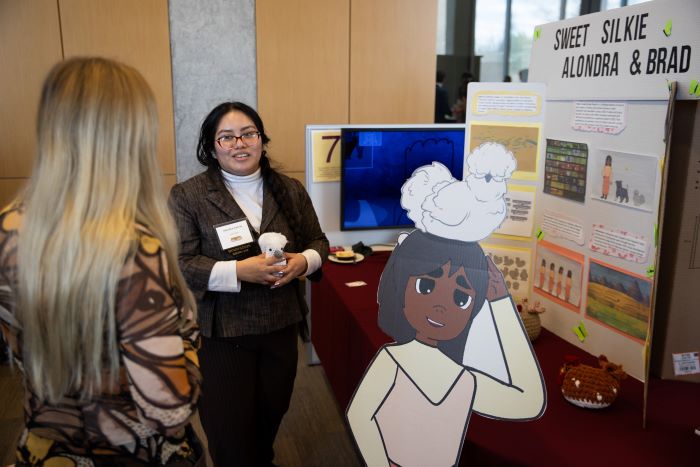
Boost your entrepreneurial skills through our workshops, mentor meetups and pitch competitions.
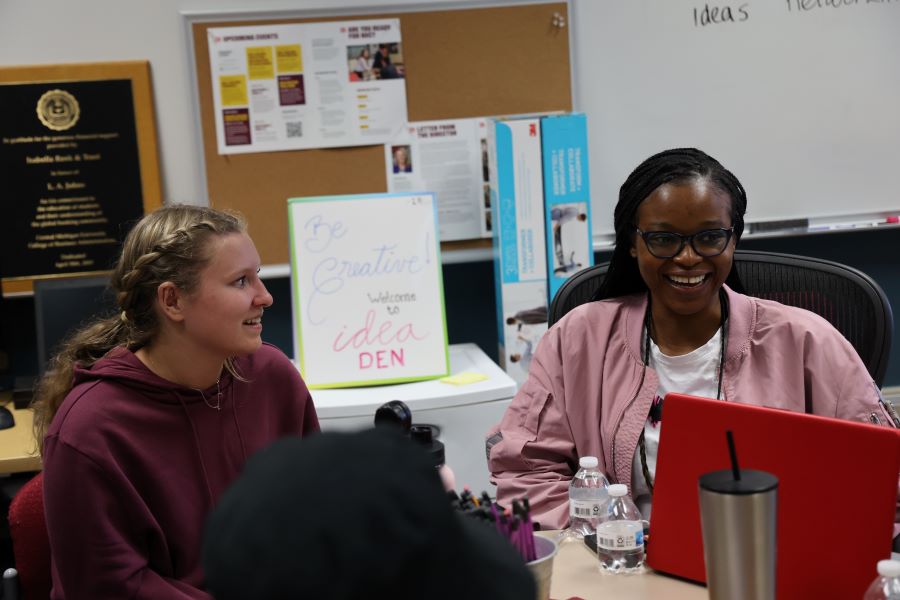
Learn about the entrepreneurship makerspace on campus in Grawn Hall.
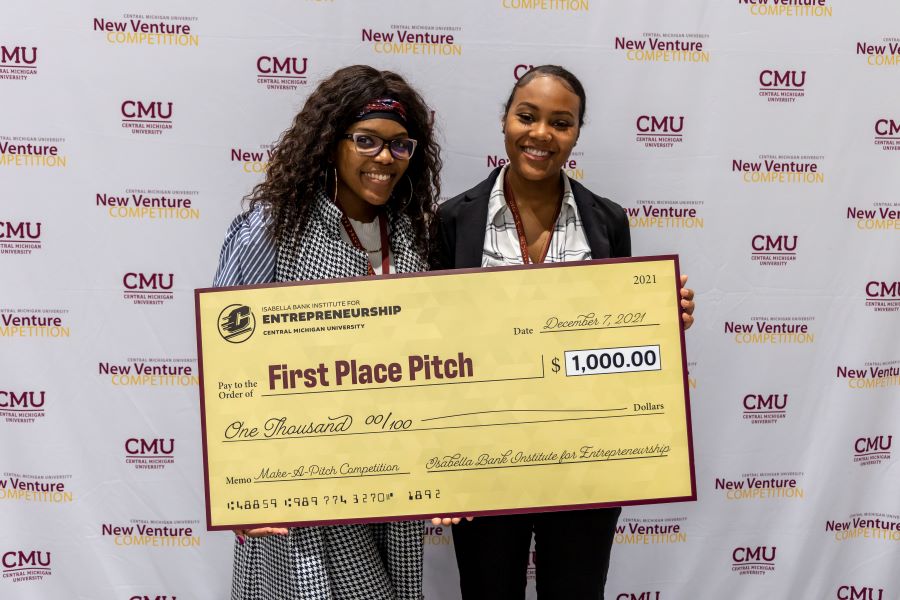
Present a 2-minute pitch at the Make-A-Pitch Competition and you could win prizes and bragging rights!
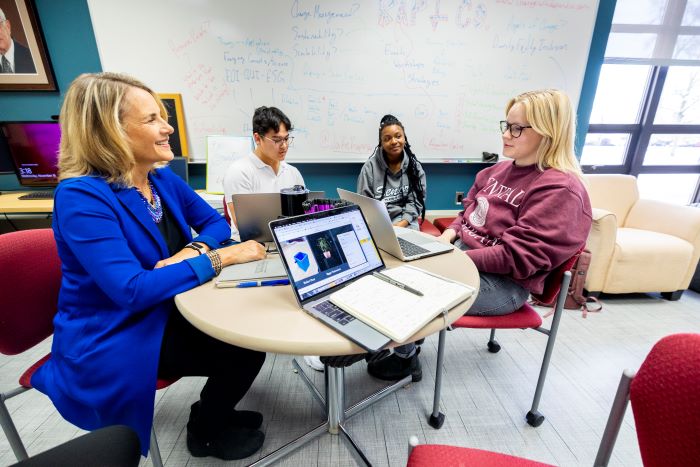
Connect with mentors and faculty who are here to support the next generation of CMU entrepreneurs.
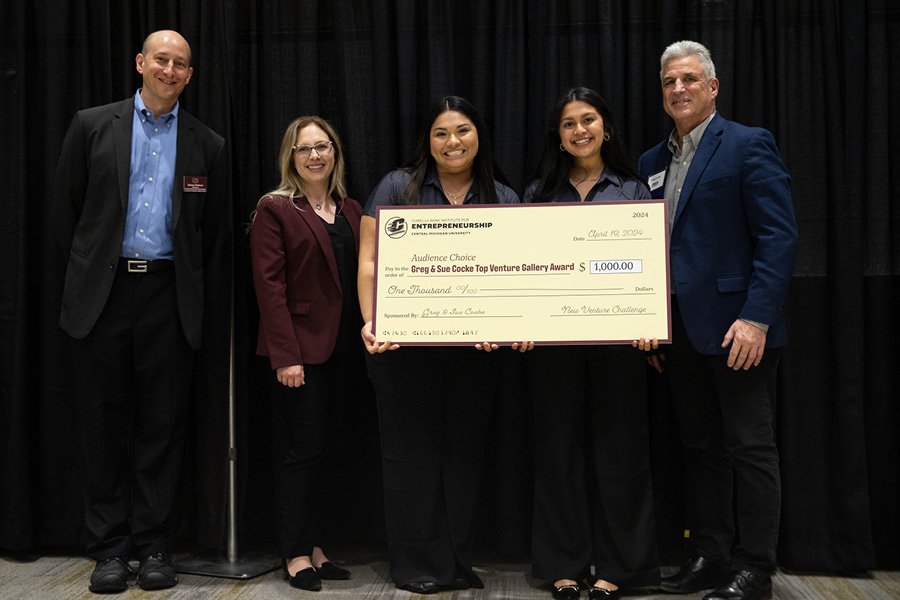
Are you a CMU alum looking to support CMU student entrepreneurs? Learn how you can support or donate to the Entrepreneurship Institute.